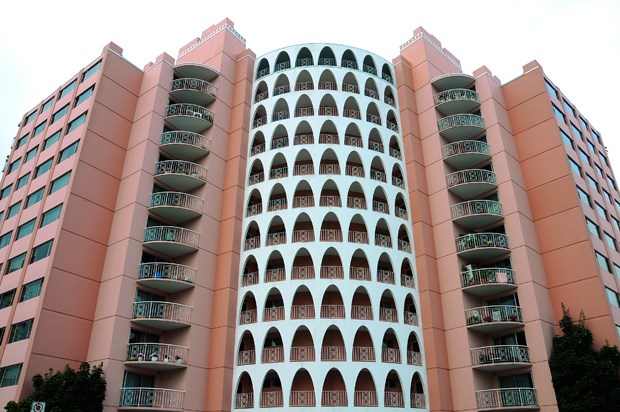For decades, while the rest of the Lower Mainland grew and changed, the District of West Vancouver seemed to believe it could become frozen in time.
Not only has it become one of only two Lower Mainland municipalities to have a declining population, it also has fewer units of housing now than it did at the time of the last census. Ironic, given how much flack council gets for capitulating to developers. Of the district’s entire stock of multi-family housing, 96 per cent was built in the 1960s and ’70s.
But change continued to happen, just not the kind residents were anticipating. West Vancouver became a destination for the world’s wealthy. Home prices skyrocketed. Construction boomed but only so large single-family homes could be turned into even larger single-family homes. Businesses and the public service couldn’t find employees who could afford to live there. Marine Drive became choked with commuters. About a third of students in West Vancouver schools come from outside the district.
On Monday night, council voted on a new official community plan intended to turn back that tide. The growth anticipated is modest but for change-averse West Vancouver it may come as a shock to the system.
Critics are quick to point out that any new development in West Van is bound to be too high-end for the demographics they hope to woo. Maybe. But we know what the alternative is: more of the status quo and West Vancouver will become even more of a citadel for the wealthy and the aged.
Like Rip Van Winkle waking up from a 20-year nap and finding the world changed around him, to the new West Vancouver, all we can say is “Good morning."
What are your thoughts? Send us a letter via email by clicking here or post a comment below.



